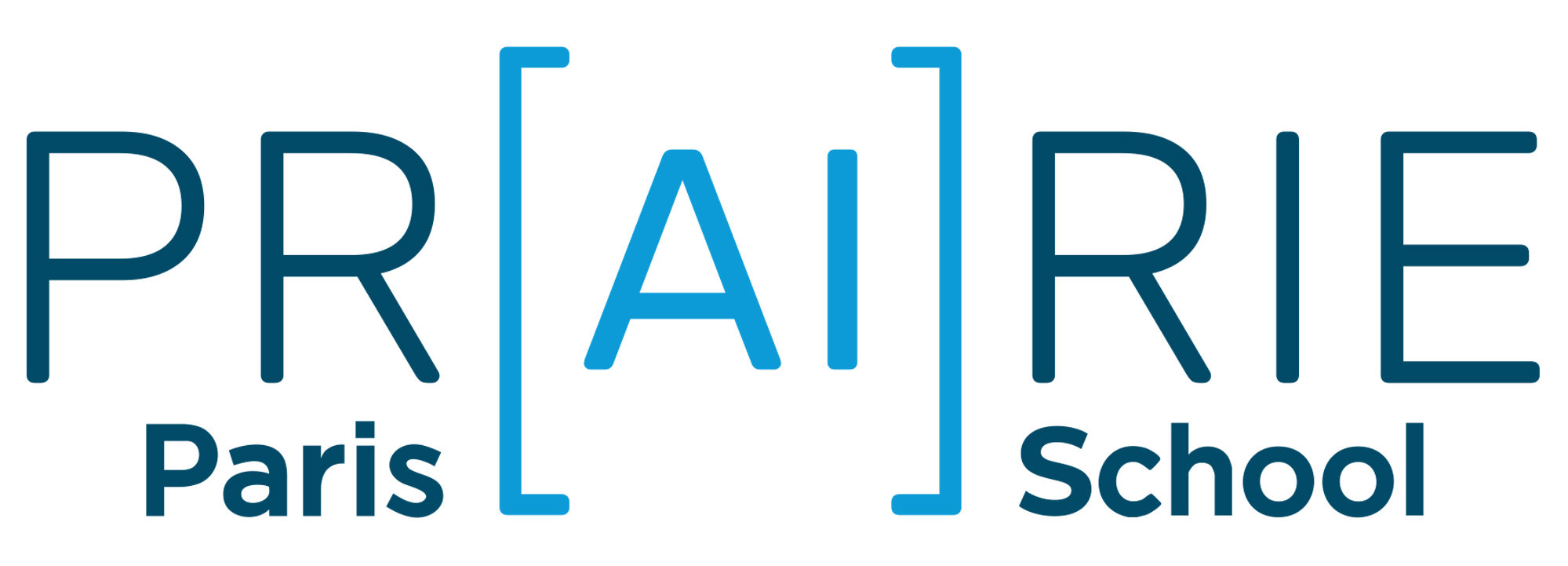Post doc – IA embarquée inspirée des structures neuronales des insectes F/H
Joined postdoctoral position with Orange on using drosophila larva biological neural networks for ultra-edge inference applications.
https://orange.jobs/jobs/v3/offers/135084?lang=fr
recruitment will be done by orange, feel free to contact us to dbc-epi-recrutement at pasteur dot fr
Votre rôle
Votre rôle est d’effectuer un travail de Post doc sur l’IA embarquée inspirée des structures neuronales des insectes dans le cadre du projet ANR « From biological neural connectomes to embodied ultra-edge AI » (AAPG2023) qui a démarré en 2024.
Contexte global et problématique du sujet :
La prolifération d’équipements connectés (senseurs, caméras, …) et d’équipements mobiles, les enjeux énergétiques (e.g. batterie limitée, RSE), éthiques (e.g. confidentialité des données) ou techniques (e.g. latence) entraînent la nécessité d’embarquer les modèles d’IA (Edge AI) et de concevoir des modèles frugaux en énergie et en complexité calculatoire.
Bien qu’ayant des systèmes neuronaux (connectome) de petite taille, les insectes peuvent réaliser des tâches complexes (apprentissage, calculs, décision d’actions, …) avec des bilans énergétiques très faibles et très peu de données d’apprentissage.
Depuis peu, le connectome de certains insectes est connu en détail. Par exemple, le connectome complet de la larve de drosophile constitué de 3016 neurones et 548000 synapses est maintenant connu en détail. Des sous-circuits de ce connectome impliqués par exemple dans des tâches de décision ou de classification ont également été caractérisés. Le but du projet ANR est de tirer parti de ces récentes avancées en biologie pour concevoir de réseaux de neurones artificiels compacts et énergétiquement frugaux directement inspirés des structures et principes de fonctionnement découverts dans le connectomes d’insectes. Un accent sera mis lors du projet sur le développement et l’implémentation de SNN permettant la classification et la prédiction de séries temporelles.
Objectif scientifique :
L’objectif du travail de postdoc est de s’inspirer des structures neuronales des insectes pour produire des réseaux de neurones classiques (DNN) et spiking neural networks (SNN) qui soient à la fois hautement compressés et frugaux en énergie ainsi qu’en données d’apprentissage.
L’un des principaux verrous à lever est la formalisation d’une méthodologie permettant le transfert des connaissances et des résultats de biologie vers la réalisation de réseaux de neurones DNN et SNN. Vous réaliserez ce travail de formalisation en étroite collaboration avec les équipes de l’Institut Pasteur. Vous appliquerez ensuite cette méthodologie à la conception et à l’implémentation de réseaux de neurones DNN et SNN bio-inspirés et démontrerez la pertinence de l’approche par des tests approfondis de leurs performances (calculatoire et énergétique).
Votre profil
Compétences (scientifiques et techniques) et qualités personnelles exigées par le poste :
- Machine learning, IA et réseaux de neurones
- Maitrise de langages de développement (python, C++).
- Curiosité, dynamisme et appétence pour l’innovation et la recherche multi-disciplinaire.
- Appétence pour la biologie et les neurosciences.
- Très bonne capacité d’analyse et de synthèse.
Formation demandée:
- Doctorat d’informatique, de physique, de mathématiques ou de neurosciences avec spécialisation en machine learning, intelligence artificielle et réseaux de neurones.
- Le doctorat doit être obtenu depuis 2022.
Expériences souhaitées :
- Spiking neural networks.
- Connaissance en biologie, neurosciences, biomathématique.
Le plus de l’offre
- Vous serez intégré(e) à l’équipe Homelan/AISH d’Orange Labs Sophia Antipolis à la pointe de l’expertise sur les services d’IA pour la maison connectée (IA embarquée et fédérée, équipement connecté, home gateway, …) et ferez partie d’un écosystème de chercheurs, de data scientists et d’ingénieurs d’étude permettant la mise en œuvre concrète des résultats.
- Ce postdoc s’inscrit dans le cadre d’un projet ANR qui a débuté en janvier 2024 pour une durée de 3 ans 1/2. Il donnera lieu à une importante collaboration entre l’équipe Homelan/AISH d’Orange Lab Sophia Antipolis et deux équipes de l’Institut Pasteur hautement spécialisées dans l’analyse et la modélisation des structures neuronales des insectes.
- Le sujet est très innovant. Il se base sur des résultats récents en biologie et en neurosciences permettant une approche novatrice pour la conception de réseaux de spiking neurons compacts et énergétiquement économes.
- Postdoc de 1an renouvelable deux fois.
Entité
L’ambition de la Division Innovation est de porter plus loin l’innovation d’Orange et de renforcer son leadership technologique, en mobilisant nos capacités de recherche pour nourrir une innovation responsable au service de l’humain, éclairer les choix stratégiques du Groupe à long terme et influencer l’écosystème digital mondial. Nous formons les expert(e)s des technologies d’aujourd’hui et de demain et veillons à une amélioration continue de la performance de nos services et de notre efficacité. La division Innovation rassemble, dans le monde, 6000 salariés dédiés à la recherche et l’innovation dont 740 chercheurs. Porteurs d’une vision globale avec une grande diversité de profils (chercheurs, ingénieurs, designers, développeurs, data scientists, …), les femmes et les hommes de Innovation sont à l’écoute et au service des pays et des business units pour faire d’Orange un opérateur multiservices de confiance.
Vous serez intégré(e) au sein du département HomeLan Services (environ 160 personnes) de la direction Home Services d’Orange Innovation. Ce département est composé d’ingénieurs, de chercheurs, de doctorants et d’experts techniques et assure la recherche, l’anticipation et le développement du groupe Orange, dans tous les domaines proches de la maison connectée, des réseaux domestiques, de l’efficacité et la sobriété énergétique, du ‘device management’ et de l’intelligence artificielle, dans le but d’offrir des produits et services à la pointe de l’innovation.
Contrat
Post Doc

